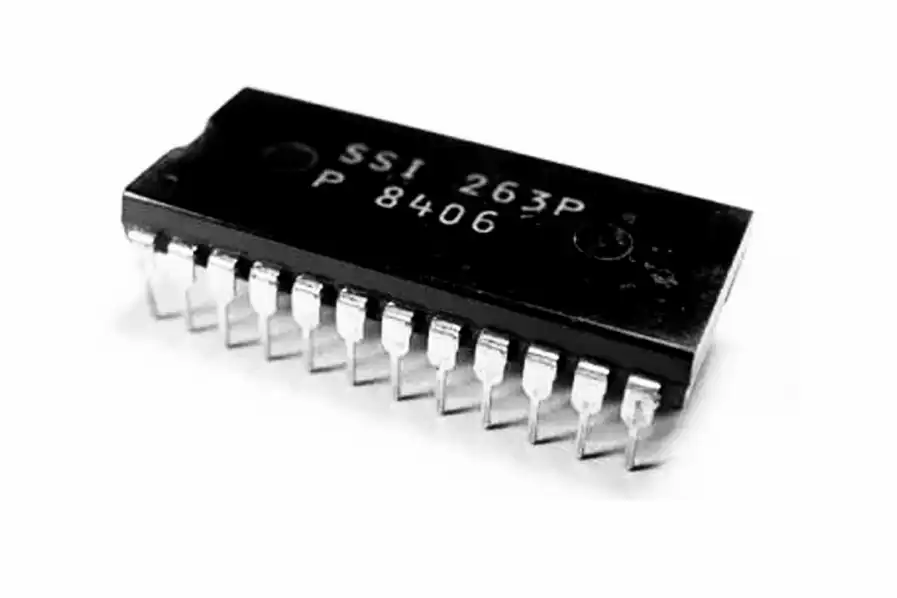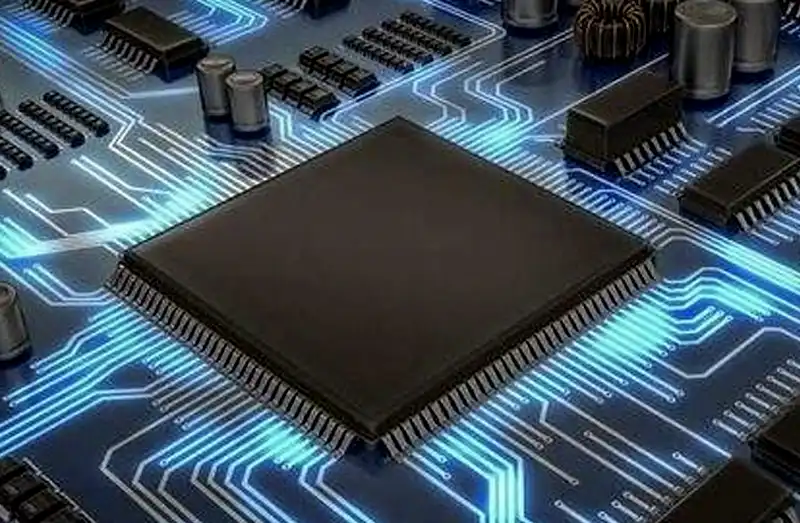The world of electronics is driven by miniaturization and ever-increasing complexity. At the heart of this lies the integrated circuit (IC), a tiny chip containing millions, even billions, of transistors. But before these marvels of engineering came to be, a simpler technology paved the way: Small Scale Integration (SSI).
What is Small Scale Integration

SSIs are the earliest form of integrated circuits. Developed in the 1960s, they marked a significant shift from bulky circuits built with individual transistors. SSIs integrate a relatively small number of transistors, typically in the tens or hundreds, onto a single chip. While not as powerful as their modern counterparts, they offered a significant leap forward in miniaturization and circuit complexity.
Advantages of Small Scale Integration:
While seemingly overshadowed by modern ICs, SSIs offered crucial advantages in their time:
- Cost-Effective: Compared to circuits built with individual transistors, SSIs were more cost-effective to manufacture. This was due to the reduced number of components needed and the simplified assembly process.
- Lower Power Consumption: By integrating multiple transistors onto a single chip, SSIs offered lower overall power consumption compared to discrete circuits. This was a significant benefit for battery-powered devices.
- Greater Flexibility: While limited in functionality, SSIs offered some flexibility compared to discrete circuits. Designers could choose from a range of pre-fabricated logic gates or simple analog circuits to build their desired functionality.
- Improved Reliability: With fewer connection points and a more robust package, SSIs offered increased reliability compared to discrete circuits. This reduced the chances of malfunctions and improved overall circuit stability.
Disadvantages of Small Scale Integration:
Despite their advantages, SSIs had some limitations that paved the way for more complex ICs:
- Limited Functionality: Due to the small number of transistors, SSIs could only handle relatively simple logic functions or basic analog circuits. They weren’t suitable for complex applications that required more processing power.
- High Cost (by Today’s Standards): While considered cost-effective in their time, when compared to the massive functionality offered by modern ICs at a much lower price point, SSIs become a less attractive option.
- Low Reliability (by Today’s Standards): Modern ICs benefit from advancements in materials and manufacturing processes, leading to much higher reliability compared to early SSIs.
- Limited Flexibility: The limited number of transistors on an SSI chip restricted the complexity of circuits that could be built. This limited design flexibility compared to the vast capabilities of modern ICs.
Applications of Small Scale Integration
Despite their limitations, SSIs played a crucial role in various electronic applications in their early days:
- Digital Logic Circuits: Basic logic gates (AND, OR, NOT) were commonly implemented using SSIs, allowing for simple digital operations in early calculators, digital clocks, and basic control systems.
- Memory Devices: Early memory chips with limited capacity were built using SSIs, providing basic storage capabilities for early computers and other devices.
- Control Systems: SSIs were used in simple control systems for appliances, industrial equipment, and other applications where basic logic functions were needed.
- Communication Systems: Early communication systems utilized SSIs for basic signal processing and logic functions.
- Consumer Electronics: Early calculators, digital watches, and simple electronic games used SSIs to perform basic calculations, display information, and generate sounds.
Examples of Small Scale Integration

Some of the most common functionalities implemented using SSIs include:
- Operational Amplifiers (Op-amps): Fundamental building blocks in analog circuits, used for amplification, signal filtering, and other analog signal processing functions.
- Logic Gates: Basic building blocks of digital circuits, like AND, OR, and NOT gates, which perform simple logic operations essential for digital processing.
- Timers: Circuits that generate precise time delays or control periodic events, often used in various electronic devices.
- Voltage Regulators: Circuits that maintain a constant voltage output despite fluctuations in the input voltage, essential for powering electronic components.
The Legacy of Small Scale Integration:
While SSIs are no longer the dominant technology, their historical significance cannot be understated. They were the first step towards the miniaturization revolution, paving the way for the complex and powerful integrated circuits we rely on today. SSIs laid the foundation for the concept of integrating multiple electronic components onto a single chip, a concept that continues to drive innovation in the ever-evolving world of electronics.